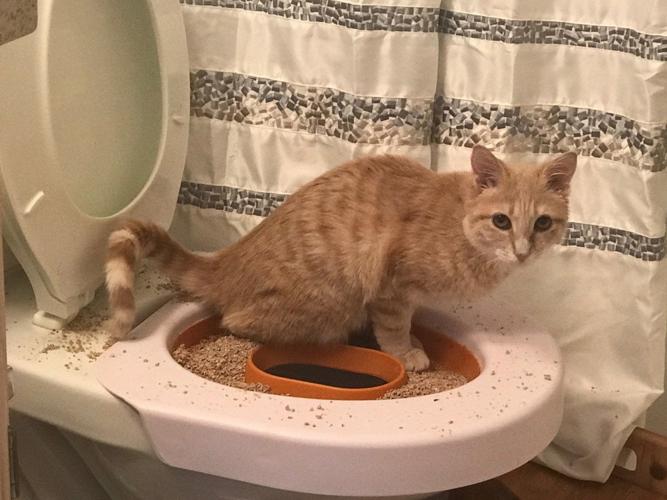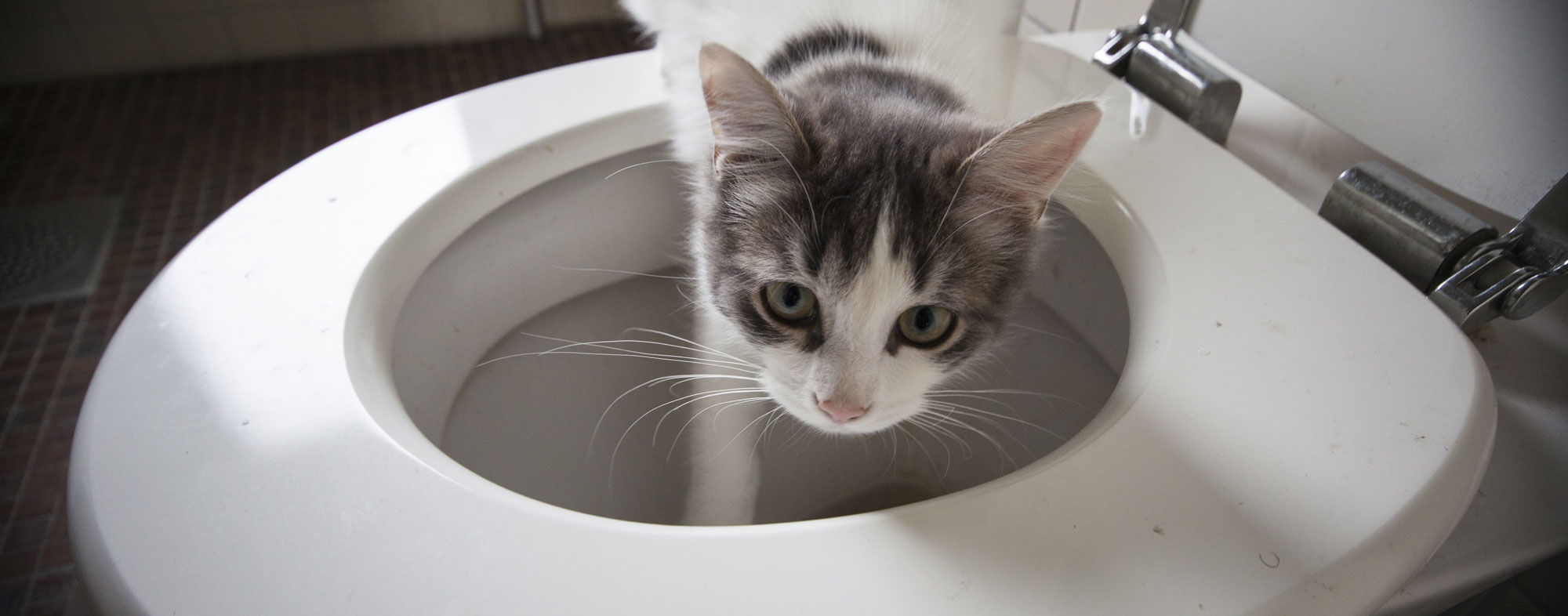Why You Should Avoid Flush Cat Poop Down Your Toilet - Important Facts
Why You Should Avoid Flush Cat Poop Down Your Toilet - Important Facts
Blog Article
Almost everyone has got their own unique piece of advice with regards to How to Dispose of Cat Poop and Litter Without Plastic Bags.

Intro
As feline owners, it's vital to bear in mind exactly how we get rid of our feline buddies' waste. While it might seem hassle-free to flush pet cat poop down the bathroom, this technique can have harmful effects for both the environment and human health and wellness.
Alternatives to Flushing
Fortunately, there are much safer and extra responsible methods to take care of cat poop. Think about the adhering to alternatives:
1. Scoop and Dispose in Trash
The most common technique of disposing of cat poop is to scoop it into a naturally degradable bag and throw it in the trash. Make sure to utilize a specialized trash inside story and throw away the waste without delay.
2. Usage Biodegradable Litter
Select biodegradable feline trash made from materials such as corn or wheat. These trashes are eco-friendly and can be safely disposed of in the trash.
3. Bury in the Yard
If you have a backyard, think about burying cat waste in a designated location far from vegetable yards and water resources. Be sure to dig deep adequate to avoid contamination of groundwater.
4. Set Up a Pet Waste Disposal System
Buy a pet dog garbage disposal system especially made for cat waste. These systems use enzymes to break down the waste, decreasing odor and ecological effect.
Health and wellness Risks
In addition to ecological worries, flushing pet cat waste can likewise position wellness dangers to humans. Pet cat feces may have Toxoplasma gondii, a parasite that can create toxoplasmosis-- a potentially extreme disease, especially for pregnant ladies and individuals with weakened body immune systems.
Environmental Impact
Flushing pet cat poop presents harmful pathogens and parasites into the water supply, positioning a considerable threat to marine environments. These contaminants can negatively affect aquatic life and compromise water top quality.
Conclusion
Responsible animal ownership prolongs beyond offering food and shelter-- it also involves correct waste monitoring. By refraining from flushing feline poop down the bathroom and choosing alternate disposal techniques, we can reduce our environmental impact and secure human health and wellness.
Why Can’t I Flush Cat Poop?
It Spreads a Parasite
Cats are frequently infected with a parasite called toxoplasma gondii. The parasite causes an infection called toxoplasmosis. It is usually harmless to cats. The parasite only uses cat poop as a host for its eggs. Otherwise, the cat’s immune system usually keeps the infection at low enough levels to maintain its own health. But it does not stop the develop of eggs. These eggs are tiny and surprisingly tough. They may survive for a year before they begin to grow. But that’s the problem.
Our wastewater system is not designed to deal with toxoplasmosis eggs. Instead, most eggs will flush from your toilet into sewers and wastewater management plants. After the sewage is treated for many other harmful things in it, it is typically released into local rivers, lakes, or oceans. Here, the toxoplasmosis eggs can find new hosts, including starfish, crabs, otters, and many other wildlife. For many, this is a significant risk to their health. Toxoplasmosis can also end up infecting water sources that are important for agriculture, which means our deer, pigs, and sheep can get infected too.
Is There Risk to Humans?
There can be a risk to human life from flushing cat poop down the toilet. If you do so, the parasites from your cat’s poop can end up in shellfish, game animals, or livestock. If this meat is then served raw or undercooked, the people who eat it can get sick.
In fact, according to the CDC, 40 million people in the United States are infected with toxoplasma gondii. They get it from exposure to infected seafood, or from some kind of cat poop contamination, like drinking from a stream that is contaminated or touching anything that has come into contact with cat poop. That includes just cleaning a cat litter box.
Most people who get infected with these parasites will not develop any symptoms. However, for pregnant women or for those with compromised immune systems, the parasite can cause severe health problems.
How to Handle Cat Poop
The best way to handle cat poop is actually to clean the box more often. The eggs that the parasite sheds will not become active until one to five days after the cat poops. That means that if you clean daily, you’re much less likely to come into direct contact with infectious eggs.
That said, always dispose of cat poop in the garbage and not down the toilet. Wash your hands before and after you clean the litter box, and bring the bag of poop right outside to your garbage bins.
https://trenchlesssolutionsusa.com/why-cant-i-flush-cat-poop/

As a serious person who reads on How to Dispose of Cat Poop and Litter Without Plastic Bags, I assumed sharing that editorial was essential. Those who enjoyed our blog entry please make sure you remember to pass it around. We enjoy reading our article about Can You Flush Cat Poop Down The Toilet?.
This Resource Report this page